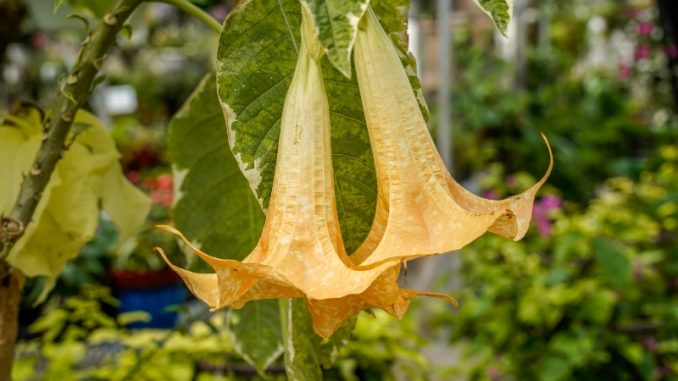
Plants are basically the magical “cure-all” in the aquarium world and they give dull tanks a much-needed glow-up with their vibrant colors. We all want to pamper our underwater friends, and plants are one of the best ways to do just that. They help create a homely environment, improve water quality, and can even boost our fish’s health and confidence.
However, while we all sing their praises, it’s important to remember that not all plants are the same. While some are beneficial, there are also plenty of plants that do more harm than good for our beloved aquarium friends.
There are several plants that are poisonous to fish, and they aren’t as uncommon as you think. In fact, a lot of them are widely sold in stores across the world and might even be found around your home. Placing poisonous plants inside (or nearby) your fish’s tank can have devastating consequences, so it’s vital you know exactly which plants to avoid.
Angel’s Trumpet
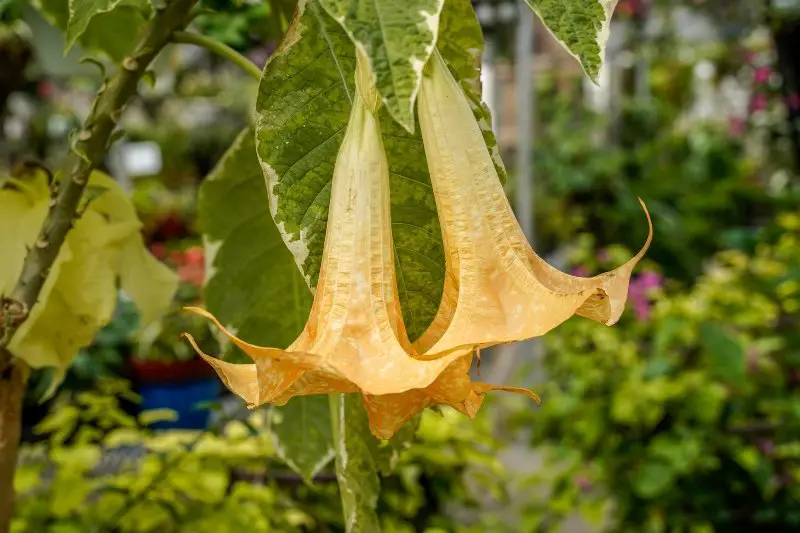
Fragrant, bold, captivating — angel’s trumpets are total showstoppers. They feature exotic, trumpet-shaped flowers and come in several eye-catching colors including yellow, pink, orange, and white.
However, the species might aswell be called the devil’s trumpet. It looks heavenly, but every part of the plant is highly poisonous, packed with the toxic alkaloids scopolamine, atropine, and hyoscyamine. In humans, these alkaloids can cause hallucinations, paralysis, memory problems, and even death. So, it’s safe to assume your fish shouldn’t be nibbling on this plant either.
Never place an angel’s trumpet plant anywhere near the fish’s tank, as even a single leaf or petal that drops off and falls into the water can have life-threatening consequences.
Azalea
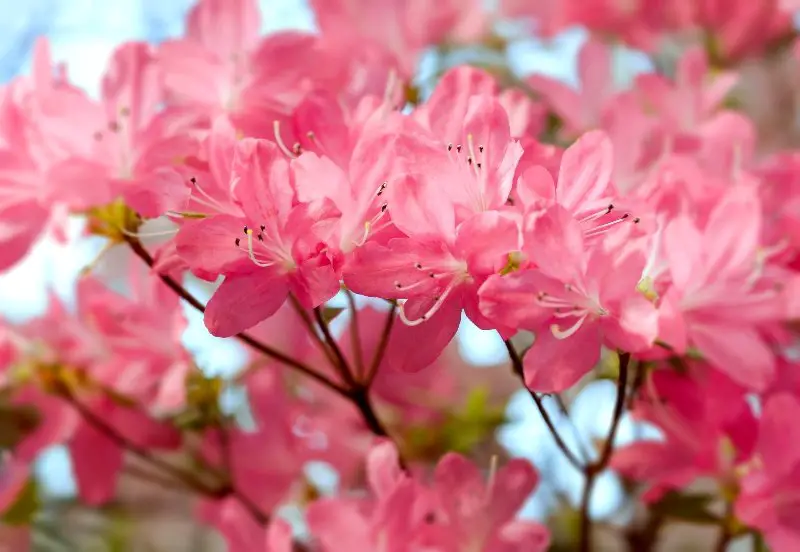
Azaleas are attractive flowering shrubs that have long been associated with elegance and royalty. These plants come in a whole range of vibrant hues and their funnel-shaped flowers bloom throughout spring. While azaleas are common household plants, they’re toxic to fish because they contain grayanotoxins that, when ingested, can be fatal or cause significant distress.
Every part of the plant is poisonous, especially the flowers and leaves. Avoid planting azaleas near the fish tank, and always properly dispose of any clippings.
Wisteria
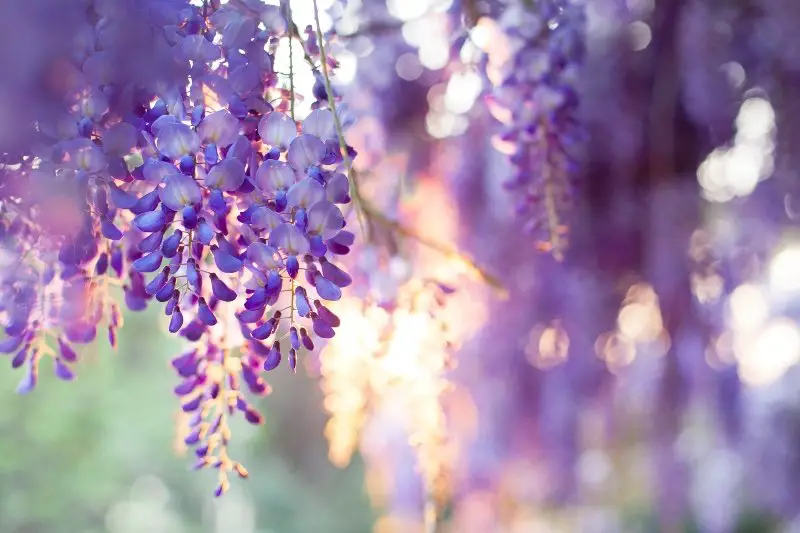
Wisterias are deciduous climbers prized by gardeners for their sweet fragrance and beautiful clusters of delicate lilac-colored flowers.
It can be tempting to liven up your household or garden with wisteria, but all parts of the plant contain lectin and wisterin glycoside, both toxins that can cause serious harm to fish.
Hygrophila Balsamica
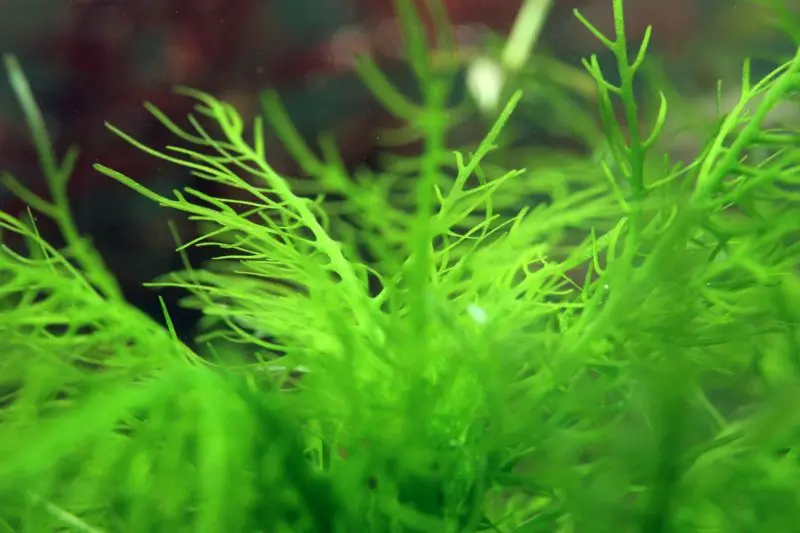
Hygrophila balsamica, an aquatic bog plant native to Sri Lanka and India, is popular because of its minimal care needs, vibrant green hue, and finely-feathered leaves. It can brighten up any tank, especially when provided with plenty of light.
Hygrophila balsamica is generally safe, as long as it’s grown submersed, rather than emersed (reaches above the water surface). In its emersed form, the plant releases a toxic sap into the water, which can cause life-threatening symptoms in fish.
If you’re determined to house this plant, you’ll need to opt for the submersed form or water log the emersed (out-of-water) stems for at least three days in a separate tank.
Peace Lily
Peace lilies are tropical plants with room-brightening white flowers and glossy leaves. While attractive, they shouldn’t be kept in fish tanks. All parts of the plant contain calcium oxalate, a substance that can cause irritation, severe stomach issues, and respiratory problems if ingested.
These beautiful flowers shouldn’t be planted anywhere near a fish tank. A great and safe place to house peace lilies is in your bathroom — as tropical plants, they’ll seriously appreciate the high humidity.
Water Lettuce
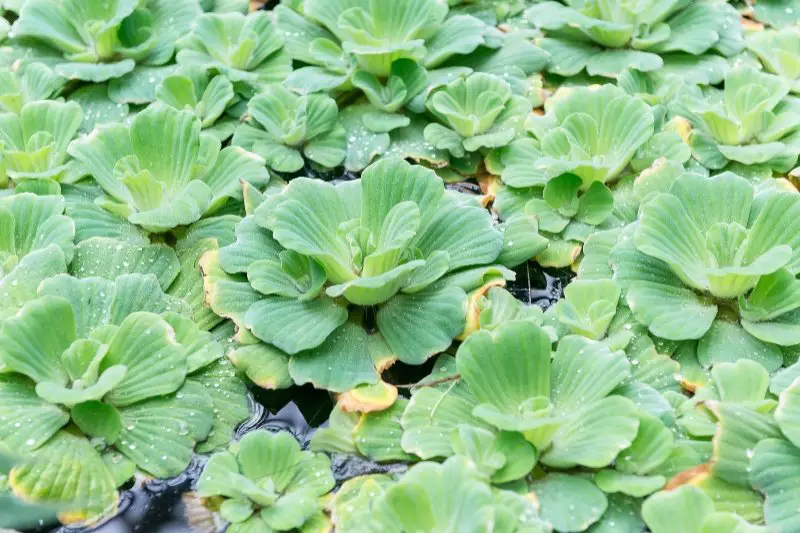
Water lettuce, aptly named after its resemblance to lettuce, is a floating plant with rosette-shaped green leaves and subtle flowers. Although common in ponds, water lettuce contains harmful calcium oxalate crystals, just like peace lilies.
Even if your fish rarely chew or bite on plants, it’s still not a wise idea to welcome water lettuce into your pond. It grows rapidly and, if left to its own devices, will cover the water’s surface, affecting light, oxygen levels, and other water parameters.
Water Hemlock
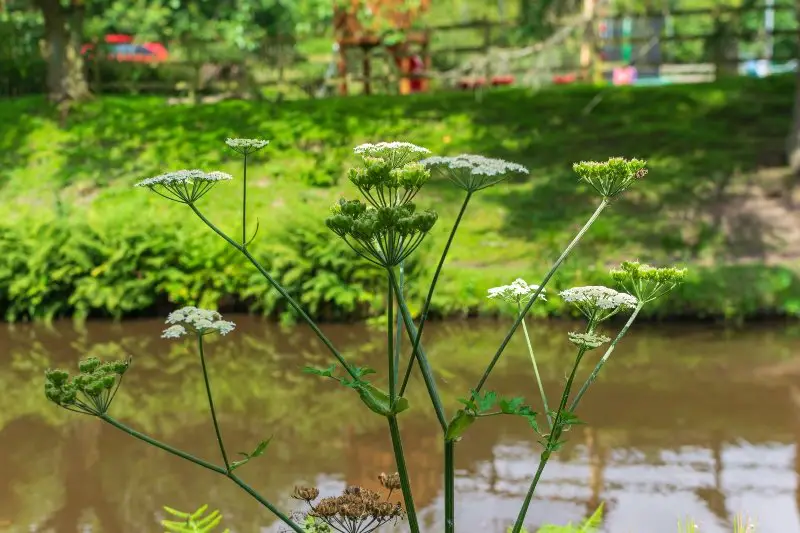
Water hemlock is famous among gardeners and aquarists alike, though not for the right reasons: it’s considered one of the most toxic plants in North America. Ingesting even a small amount can be lethal to humans and cause symptoms such as tremors, seizures, and hallucinations.
So, it goes without saying that your underwater friends aren’t going to appreciate this plant either. Don’t house this plant anywhere near your tank or pond. Ideally, stay away from it completely.
Lily of the Valley
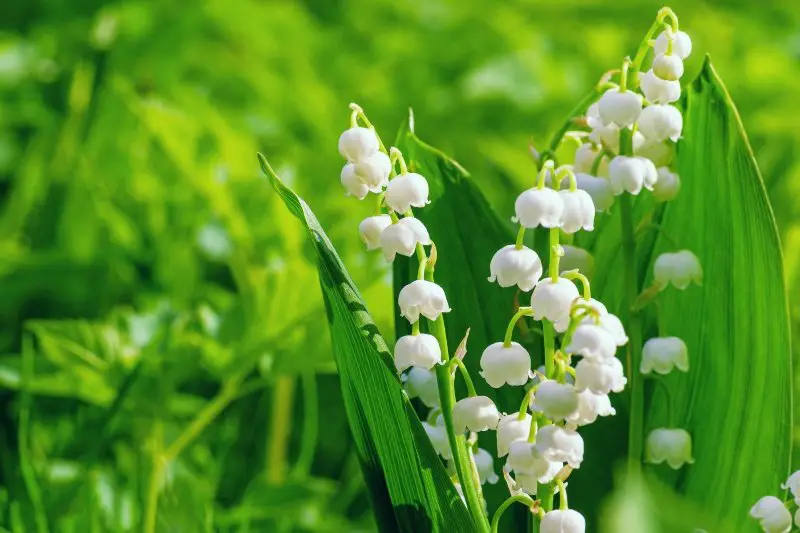
Lily of the valley, a perennial flowering plant, is the definition of “beautiful but deadly.” Its small white, bell-shaped flowers look absolutely elegant and smell divine, but all parts of the plant are highly toxic to fish (and humans).
The plant is packed with over 30 different harmful glycosides including saponins — a common fish poison used by indigenous tribes in America to hunt and kill fish.
Spider Lily
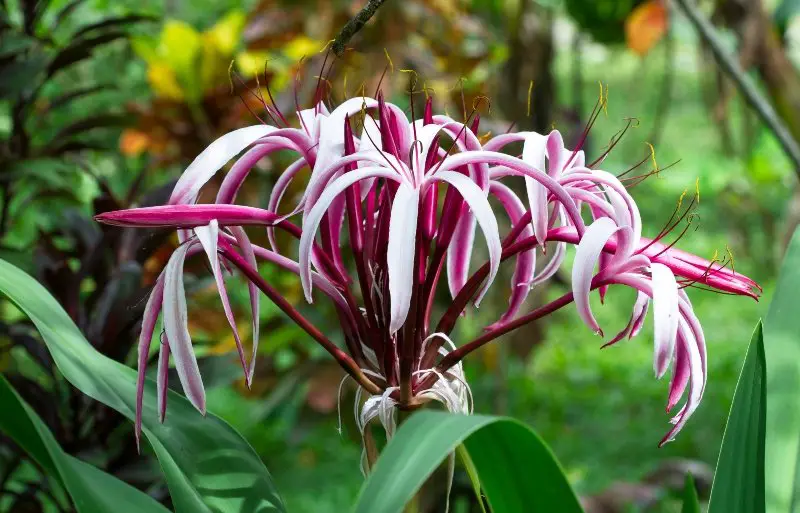
Spider lilies are tall, elegant plants with distinctive star-shaped flowers. Sadly, transforming your fish’s pond into a night sky is off the table. All parts of these plants, particularly the bulbs, contain poisonous alkaloids.
While fish rarely show interest in spider lilies, it’s best to maintain caution and plant the bulbs far from a fish’s habitat. Keeping spider lilies in pots helps stop the roots from spreading into the water source.
Myrtle Spurge
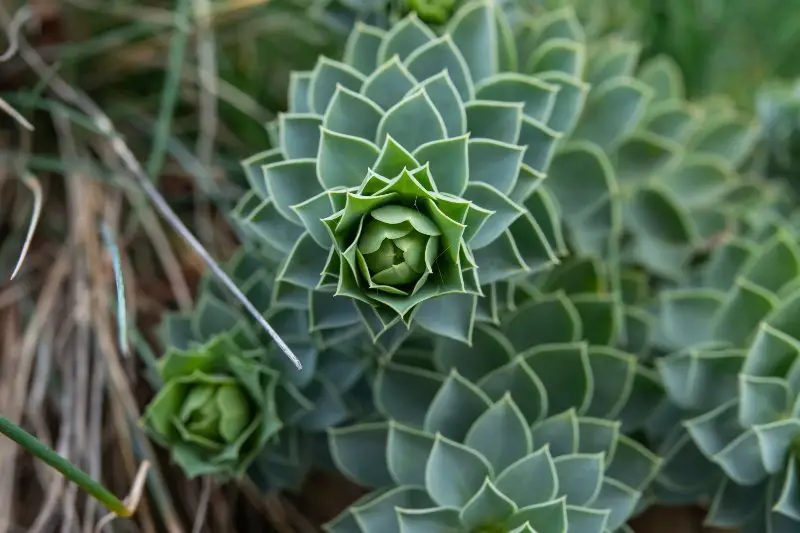
Myrtle spurge, a succulent plant with spiral leaves, doesn’t exactly have a stellar reputation. The plant is classed as an invasive species in several countries because of its aggressive growth habits. This species also harbors a white, milky sap that’s poisonous when consumed or touched.
You definitely don’t want any part of this plant entering your fish’s water source, so keep it potted and clear up dropped foliage and trimmings.
Oleander
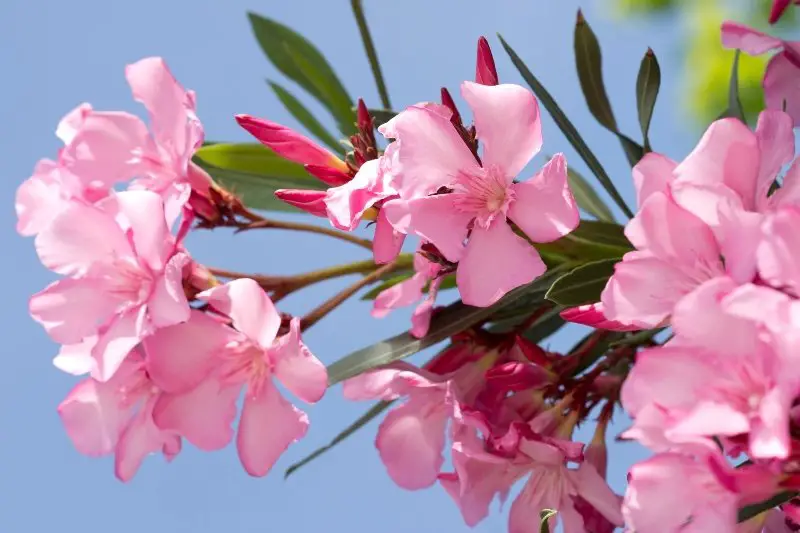
Oleander boasts clusters of colorful, funnel-shaped flowers that bloom throughout summer. It doesn’t need much care and can handle a range of conditions, which makes it popular among beginner and experienced home gardeners alike.
Although the plant helps brighten up yards, it certainly won’t be brightening up your fish’s days. Every part of the oleander plant is brimming with toxins that can cause sickness and death in fish — cardiac glycosides, saponins, digitoxigenin, oleandrin, oleondroside, and nerioside, to name a few. Yep. Just a few.
Considering its deadliness, it’s best to keep this plant far away from your underwater friends.
Deadly Nightshade
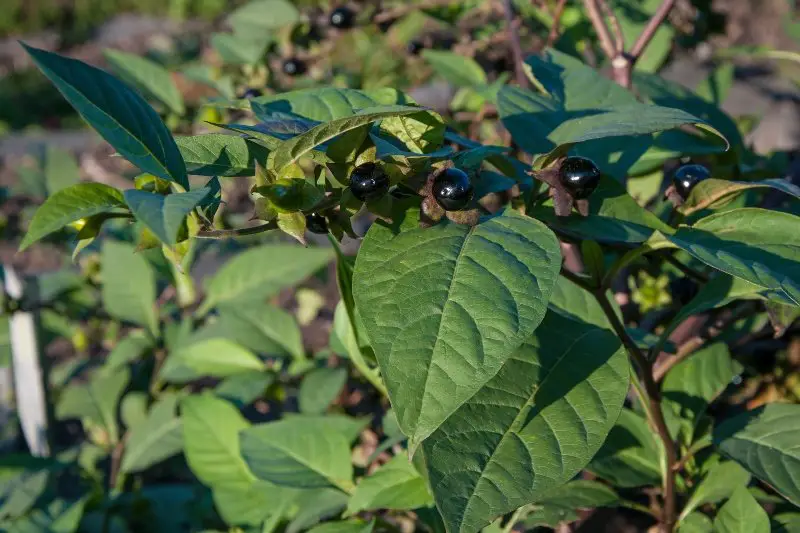
Unlike peace lilies and angel’s trumpets, deadly nightshades live up to their name — they’re packed with poisonous alkaloids, toxins that can wreak havoc on the nervous system and bring about fatal health complications in humans, most wildlife, and of course, fish. All parts of the plant, including the berries, are toxic, though the roots harbor the most toxins.
Unsurprisingly, deadly nightshade shouldn’t be kept anywhere near your fish’s tank or pond. Always wear gloves when handling it.
Amaryllis is a popular, easy-to-care-for houseplant that blesses windowsills with rich, colorful clusters of trumpet-shaped flowers. Its petals have an air of sophistication and a unique, velvety look.
Amaryllis shouldn’t be placed near fish tanks. The plant contains toxins (phenanthridine alkaloids) in its bulb, leaves, and stem. These toxins can cause respiratory difficulties and gastrointestinal problems.
Bird of Paradise
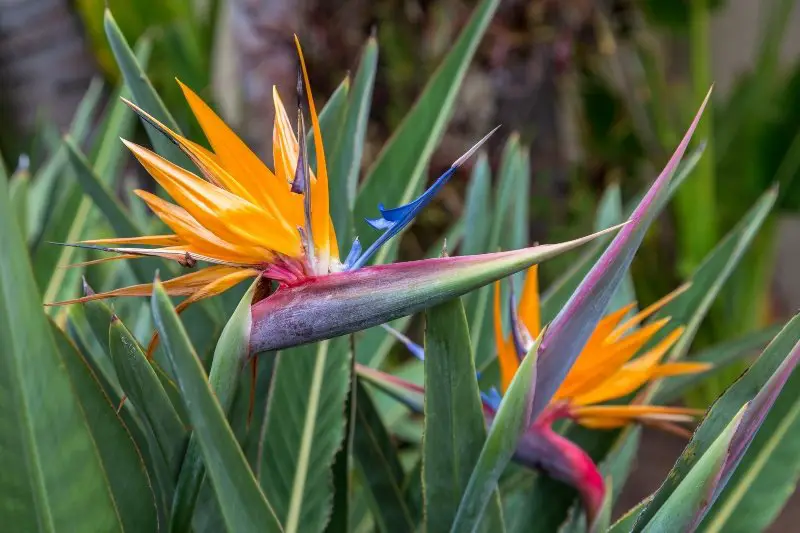
Bird of paradise is one of the most captivating and showy plants out there. As its name hints, its flowers have a striking resemblance to birds in flight, and its bright colors and lush, glossy leaves add a tropical flair to any room.
The plant can be kept inside your home as long as the flowers and seeds, which contain the toxin hydrocyanic acid, can’t fall into the tank.
Morning Glory
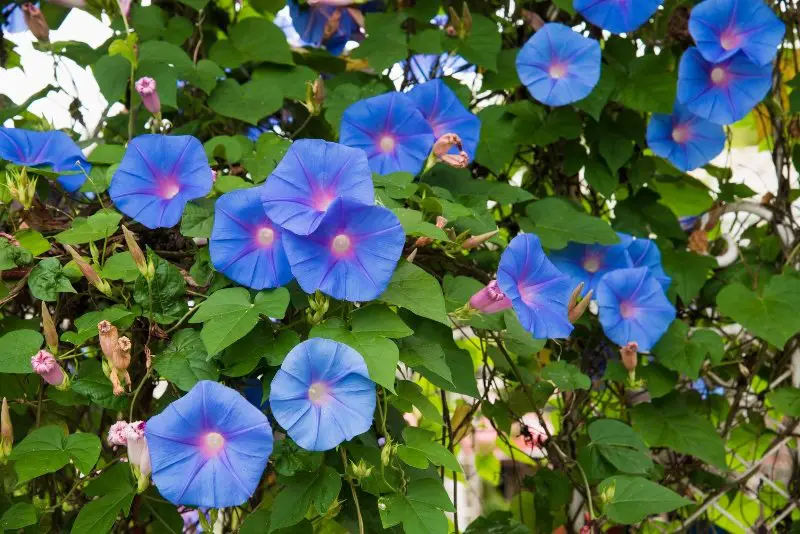
Morning glories are fragrant flowering plants known for their vivid colors and heart-shaped leaves. They get their name from how their buds burst into full bloom once the first light of day hits them.
It’s best to give morning glories a miss if you have an outdoor fish pond. Their seeds contain lysergic acid hydroxyethylamide, a harmful chemical similar to LSD that can cause distress and illness in fish.
Safe Alternatives
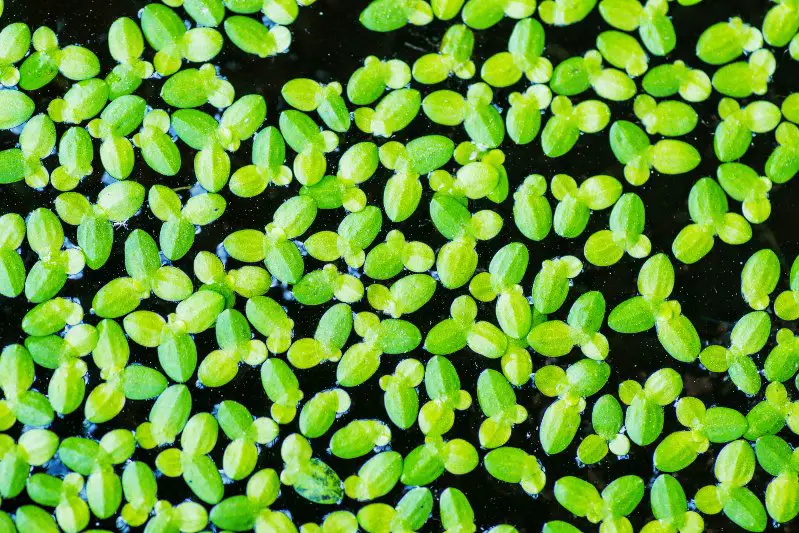
Don’t let our list deter you from adding live plants into your fish’s tank. There are hundreds of safe, easy-to-care-for aquatic plants available, and they offer heaps of benefits, from helping your fish settle into their new home, to improving water quality and tackling algae growth.
Ideal safe alternatives to poisonous plants include java moss, marimo moss balls, anacharis, water wisteria, hornwort, and duckweed. You can also add a pop of color to your tank with Ludwigia repens, ozelot sword, and Nymphaea lotus.
Each plant is suited to different environments, and your fish may prefer certain types over others, so do your research before hitting your local aquarium store.

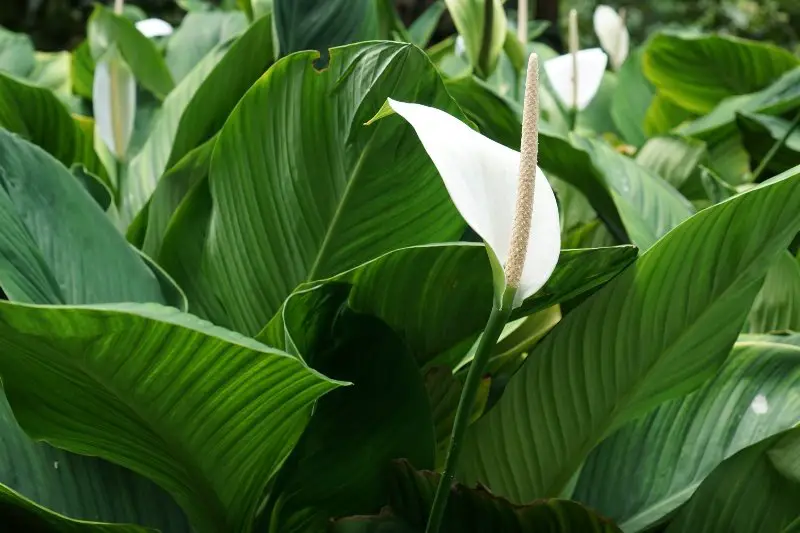
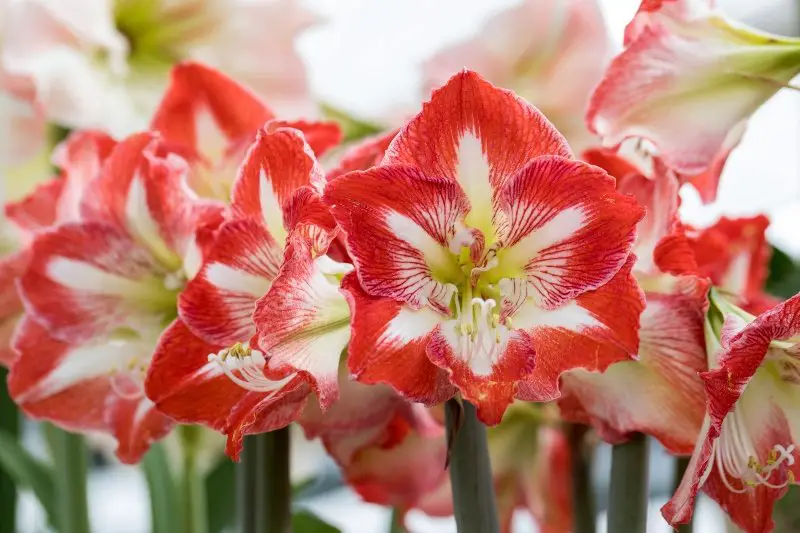
Be the first to comment